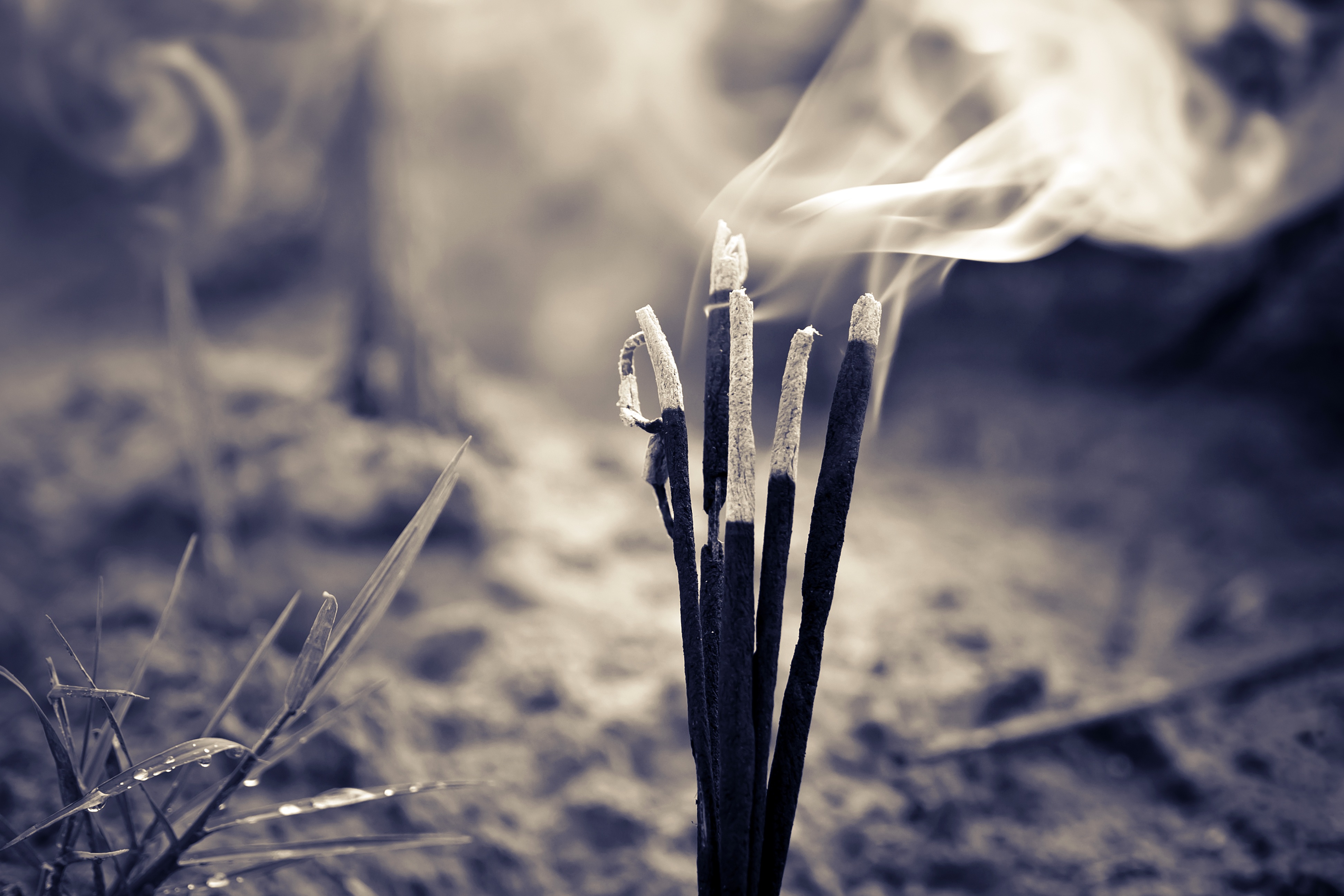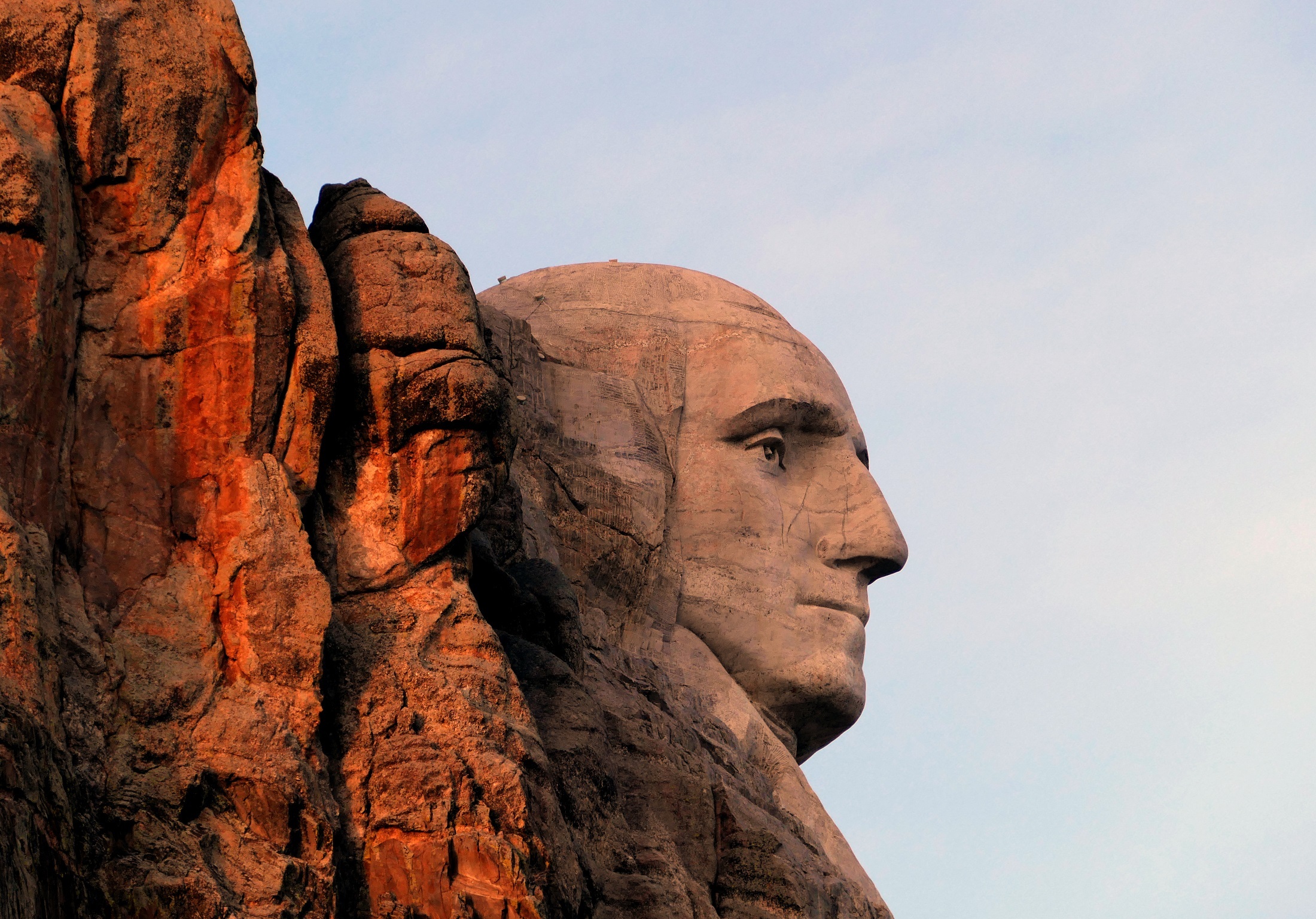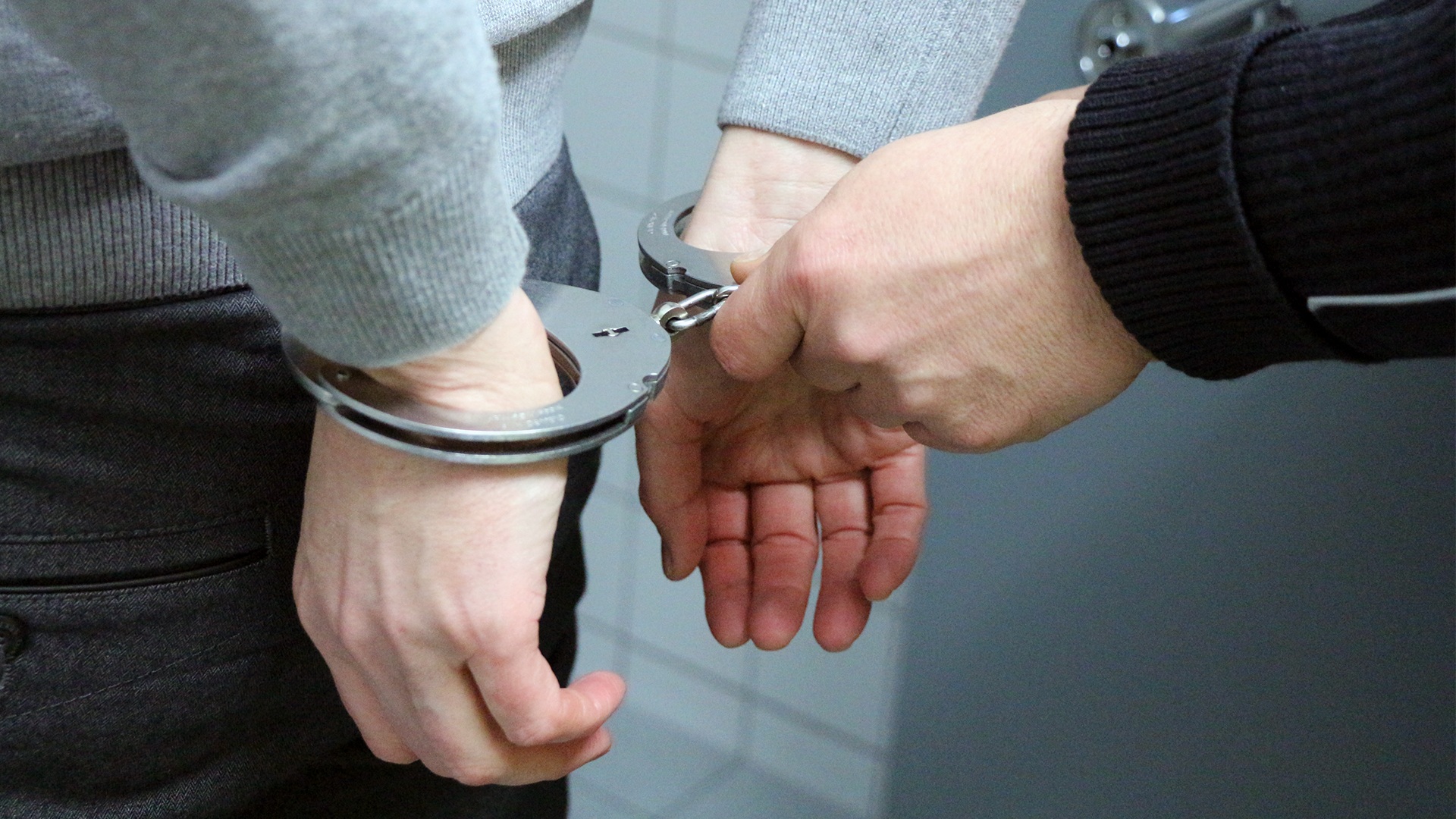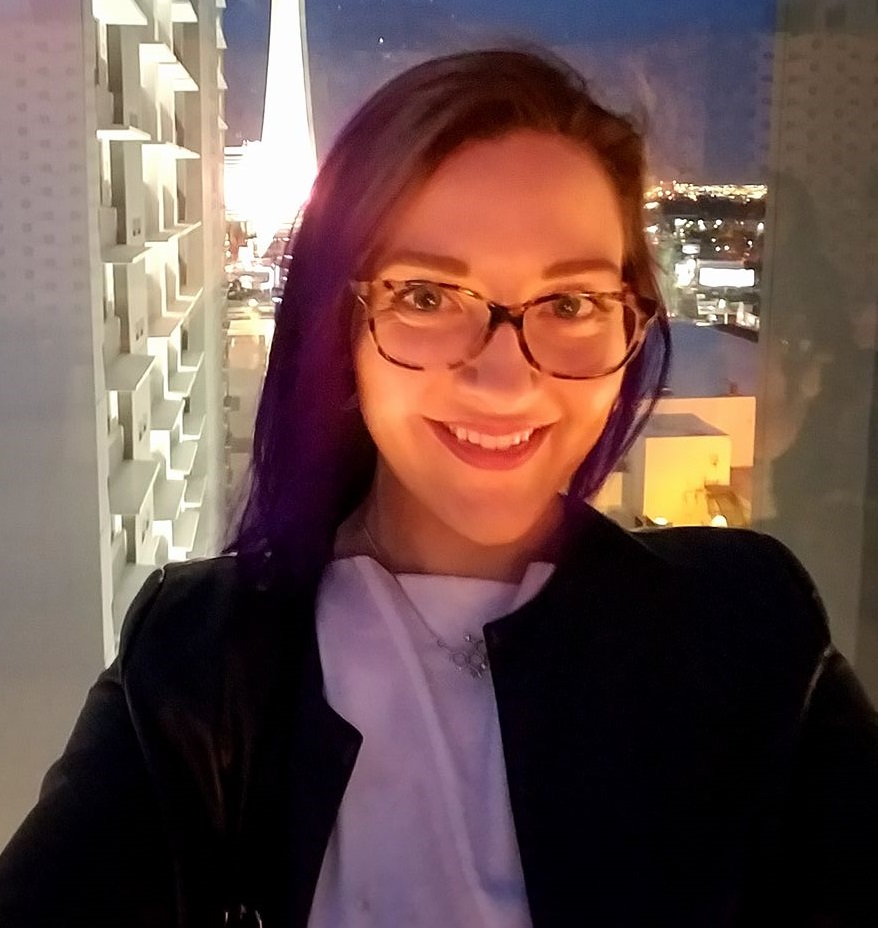In this contributor article, Cara Crabb Burnman of EVIO Labs gives us a brief history of Cannabis consumption.

The following is an article produced by a contributing author. Growers Network does not endorse nor evaluate the claims of our contributors, nor do they influence our editorial process. We thank our contributors for their time and effort so we can continue our exclusive Growers Spotlight service.
Early History
Many people dismiss Cannabis use as harmful and don’t realize that it has been utilized by humans throughout history. Research shows that Cannabis was among the first domesticated crops of the agricultural revolution. Initially, its seeds were used as a nutritious food for nomadic people. However, these people began to realize the plant could be used as more than just food. It could be utilized for fuel, as clothing, as fiber, and more.
But what about its psychotropic effects?
Humans eventually discovered Cannabis had mind-altering effects that alleviated pain and relaxed them, especially when you threw some on a fire. As a result, they began to include Cannabis into their recreational and religious rituals. People attributed these intoxicating effects to gods, and they began using Cannabis to communicate with the world “beyond.”

As early as 4000 years ago, ancient Scythians placed Cannabis leaves and flowers on hot stones in a small tent after a leader had died. Tribe members gathered in the tent to inhale the cannabinoids released as a tribute to their fallen leader. There is even evidence from 2500 years ago that high ranking members of the
Documents from 2000 years ago report that Chinese doctors created an anesthetic using finely ground Cannabis powder and wine as a surgical anesthetic, a feat not equaled in Western medicine until the 19th century. Additionally, there’s evidence Cannabis was used in Tantric religious ceremonies in Bengal and Himalayan kingdoms around 600 CE.
Cannabis in the New World
Later, on the other side of the world, President George Washington’s journals state he was growing female-only hemp plants, looking for specific qualities similar to today’s Cannabis. Generally males are removed to increase seed and flower production in the females and maximize the amount of THC in the crop. Washington noted that he missed the opportunity to remove the male plants and that he wouldn’t be getting the results he was hoping for that season.
Also around this time, Cannabis medicinal tinctures (liquid preparations) were applied under the tongue (sublingually) and topically to alleviate pain and discomfort. It was also applied to cuts and wounds to promote healing. Tinctures at that time were not generally not psychoactive, because no heat was used was to decarboxylate the cannabis, but patients using Cannabis as an analgesic found great relief from the cannabinoids THCA and CBDA.

Related Article: Treatise on Decarboxylation - Part One
Cannabis Prohibition
Prior to the 1900s, Cannabis use was fairly common, so what happened to Cannabis in American culture as the country entered the 20th century? Several things occurred culturally that contributed to a decline in the popularity of Cannabis.
During the Great Depression, it benefitted politicians to have a scapegoat. They found one in the migrant farmers from Mexico. Laborers and small farmers blamed an influx of Mexican immigrants for taking jobs and driving low wages. Since many of the immigrants smoked Cannabis, the habit became viewed as undesirable by the general public.

Another reason for the attack on Cannabis was the void left in law enforcement after alcohol prohibition. By continuing to demonize Cannabis, law enforcement was able to transfer resources to the new enemy. Henry Anslinger, the face of American alcohol prohibition, was hired to lead the charge.
Cannabis posed a potential financial threat to a variety of industries including cotton, timber, and synthetic fabrics. By utilizing political resources and the media, the campaign against Cannabis succeeded in keeping the crop from catching on and eventually replacing many of the products in these established industries.
As the 20th century continued, the US was able to use its muscle as a post WWII superpower to leverage its purchasing power, influencing laws all over the world, including pushing members of the UN to combine existing drug policies into one and as a result, Cannabis cultivation was made illegal almost everywhere in the world.
The Times they are a-Changin’
The general prohibition of Cannabis and strict sentencing guidelines reduced the popularity of Cannabis until the countercultural revolution of the 1960s. The “free love generation” brought about a major resurgence of Cannabis use. Cannabis became a means of practicing civil disobedience against the establishment.

As the illicit industry continued to grow, states such as California began passing medical Cannabis laws, and as a result the innovation potential for consumption grew exponentially. New materials, science, and technology brought a lot of new opportunities to the Cannabis marketplace. The popularity of Cannabis concentrates and vape products resulted in a more cost effective and efficient means of consumption.
Topical patches have increased in popularity in the past few years. For localized pain or skin issues, these patches offer a high bioavailability so cannabinoids are able to penetrate the skin and tissues very effectively.

Lastly, cannabinoid inhalers seem to be the next big innovation to become popular to the masses. Made in the same way as a standard inhaler someone may use for asthma, these offer great bioavailability, extreme discretion, and are generally odorless. This is important as more Cannabis users are moving toward options that allow them to use Cannabis products discreetly.
In Short
Throughout the long history of Cannabis use, consumption methods and patterns have changed, and this change is sure to continue as technology evolves. Though it’s difficult to predict exactly where Cannabis is headed, it should be an interesting trip.
References:
- Ethan B. Russo, Hong-En Jiang, Xiao Li, Alan Sutton, Andrea Carboni, Francesca del Bianco, Giuseppe Mandolino, David J. Potter, You-Xing Zhao, Subir Bera, Yong-Bing Zhang, En-Guo Lü, David K. Ferguson, Francis Hueber, Liang-Cheng Zhao, Chang-Jiang Liu, Yu-Fei Wang, Cheng-Sen Li; Phytochemical and genetic analyses of ancient Cannabis from Central
- Asia, Journal of Experimental Botany, Volume 59, Issue 15, 1 November 2008, Pages 4171–4182, https://doi.org/10.1093/jxb/ern260
- Michael R. Aldrich (2012) Tantric Cannabis Use in India, Journal of Psychedelic Drugs, 9:3, 227-233,DOI: 10.1080/02791072.1977.10472053
- Archer, A.W., Taboo Tabernacle: God's Design \& the Cultures Demise, One Man's Journey from the Secular to the Sacred, 2016, https://books.google.com/books?id=5faRDQAAQBAJ, iUniverse
10 Best Gift Ideas for Cannabis Connoisseurs and Growing Aficionados (2022)
December 7, 2022Developing and Optimizing a Cannabis Cultivation System
December 14, 2021Dealing with Insomnia: How Can CBD Help?
December 10, 2020Your Guide to Sleep and CBD
December 7, 2020
Do you want to receive the next Grower's Spotlight as soon as it's available? Sign up below!
Or would prefer to join our community of vetted professionals? Click here
Resources:
Want to get in touch with EVIO Labs? They can be reached via the following methods:
- Website: eviolabs.com
- Email: info@eviolabs.com

Do you have any questions or comments?

About the Author
Cara Crabb Burnham has been involved with the cannabis advocate and policy reform since 2009 at Emerson College SSDP. She volunteered on the board of MassCann for several years and was the Dean of Faculty and Program Designer for the first cannabis vocational training school in New England. Cara has developed and taught classes at Fremont College in California for their bachelor's program. She is also a Co-Founder of ELEVATE New England and as the educational director, she organizes multi-week seminars around the various aspects of the cannabis industry, job training programs, and networking and social functions. She became involved with cannabis after losing her job during the recession in 2008. It has been a priority that she support this industry and prepare people for positions that they wouldn't have experience with and has been able to do this through workforce training. Cara began working for EVIO Labs in MA in February of 2018 as the Client Services Representative.